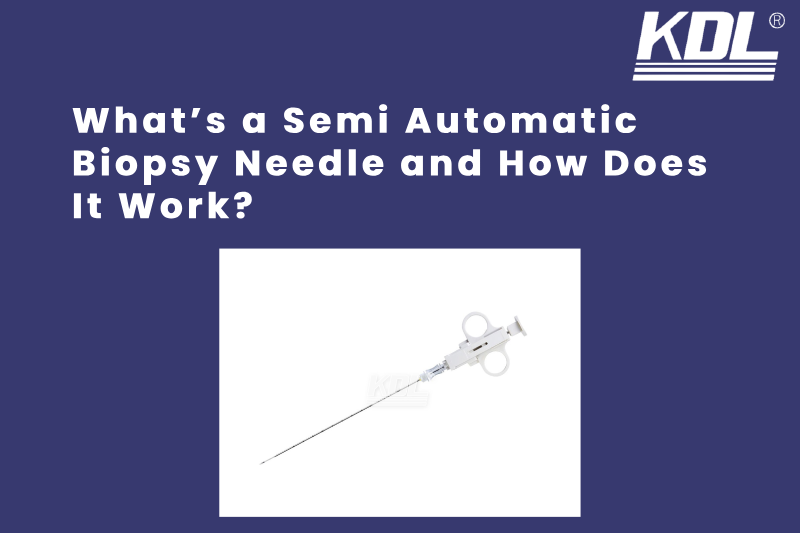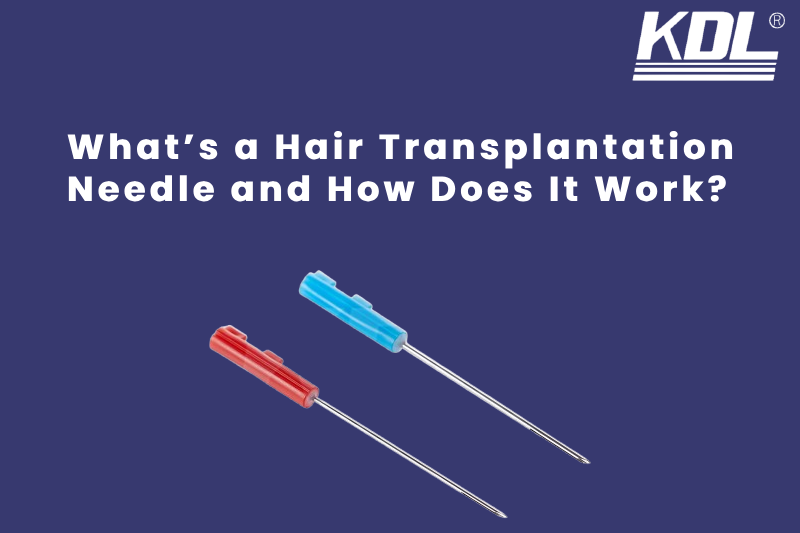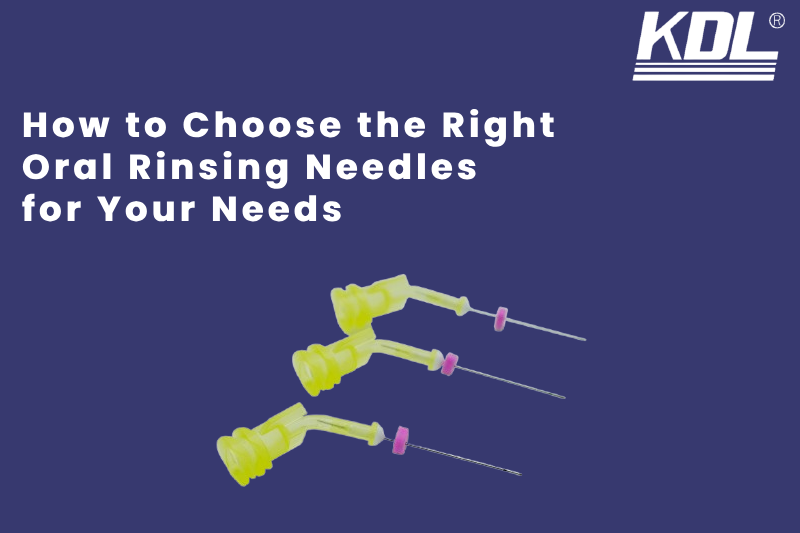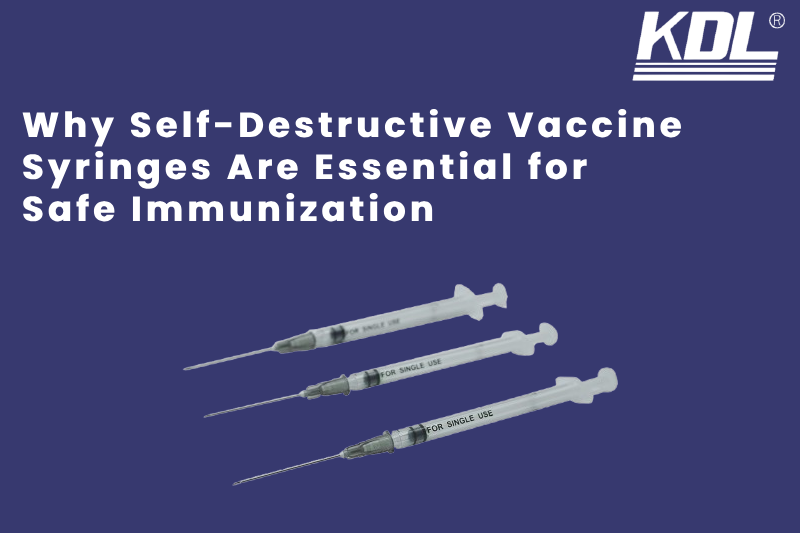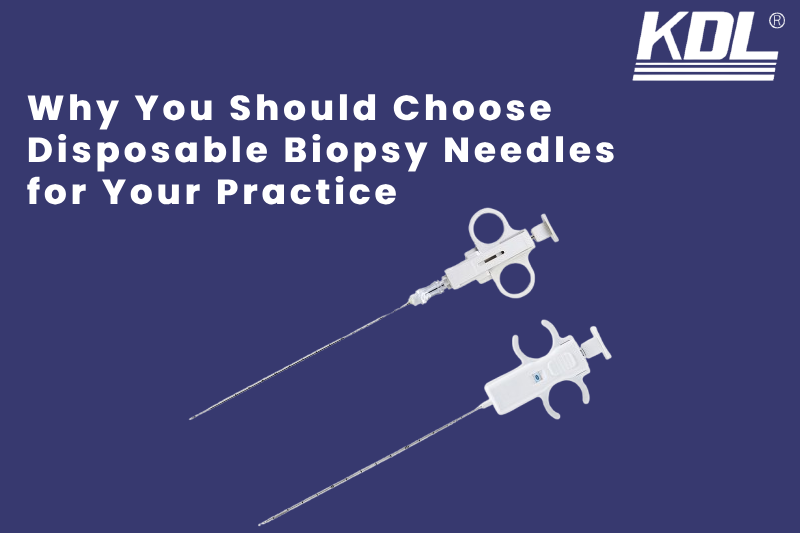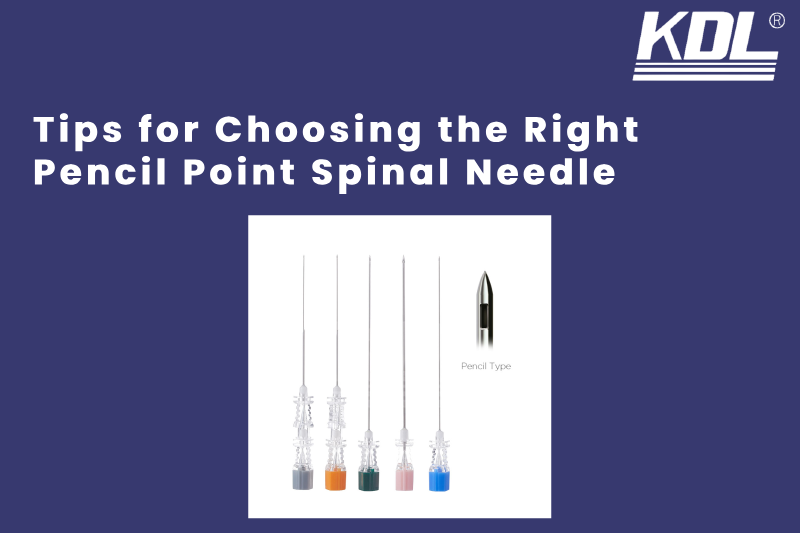
Choosing the right spinal needle is crucial for the success of spinal anaesthesia. Among the various needle types available, medical professionals highly regard pencil point spinal needle for their atraumatic design and their ability to reduce complications like post-dural puncture headache (PDPH). Selecting the most suitable needle requires considering several factors, as different needles can significantly impact both the procedure and patient outcomes. Understanding these considerations can help anaesthetists make informed decisions and achieve the best results for their patients.
What is Pencil Point Spinal Needle
Pencil point spinal needles are widely used in medical settings, especially for administering spinal anesthesia. Unlike traditional cutting needles, pencil point needles are designed to reduce tissue trauma and minimize the risk of complications, such as post-dural puncture headaches. Choosing the right pencil point spinal needle is crucial for the success of spinal procedures and can impact patient outcomes. This guide aims to help you understand the different types of pencil point needles and factors to consider when making a selection.
Benefit of Using Pencil Point Spinal Needle
Reduced Risk of Tissue Damage
- Pencil point needles feature a rounded, non-cutting tip that minimizes tissue trauma during insertion. This design gently pushes tissues aside rather than cutting through them, resulting in less tissue damage.
Lower Risk of Post-Dural Puncture Headache (PDPH)
- The rounded tip reduces the likelihood of causing significant damage to the dura, the outer membrane surrounding the spinal cord. This decreases the chances of cerebrospinal fluid leakage, which is a common cause of PDPH.
Better Control During Procedures
- The needle’s design offers greater precision and control for the practitioner, making it easier to navigate through tissues. This is particularly helpful in delicate procedures like spinal anesthesia.
Improved Patient Comfort
- Since pencil point needles cause less trauma to tissues, patients often experience less pain during the procedure. This leads to a more comfortable experience and a quicker recovery.
Minimized Bleeding and Swelling
- The non-cutting design helps reduce bleeding and swelling around the insertion site, which can be particularly beneficial in patients with bleeding disorders or those taking anticoagulant medications.
Suitable for Repeated Procedures
- For patients who require frequent spinal or epidural procedures, pencil point type spinal needle provide a safer option with lower risks of complications associated with repeated use.
Reduced Complication Rates
- Overall, using pencil point needles is associated with fewer complications, making them a safer and more reliable choice for various medical procedures.
These benefits make pencil point needles a preferred option in specific medical scenarios, ensuring better outcomes for both patients and healthcare providers.
Types of Pencil Point Spinal Needle
Pencil point spinal needles come in various designs and materials, each suited for different clinical scenarios. The most common types include:
Standard vs. Specialty Needles
- Standard Pencil Point Needles: These needles have a basic design with a rounded, non-cutting tip that helps separate the dural fibers during insertion. They are suitable for most routine spinal anesthesia procedures and are known for reducing the likelihood of post-dural puncture headaches.
- Specialty Pencil Point Needles: Specialty needles often incorporate unique features such as a finer gauge or a reinforced structure for better handling and stability. Some may have additional elements like echogenic markings, which improve needle visualization under ultrasound guidance, making them ideal for more complex procedures or patients with challenging anatomy.
Materials and Design Considerations
- Materials: Pencil point spinal needles are typically made from stainless steel or other medical-grade metals that offer strength and durability. Some specialty needles use advanced alloys to provide additional flexibility or rigidity, depending on procedural requirements.
- Design: The length, gauge, and bevel angle of the needle can all impact its performance. There for spinal needle size are matter for spinal procedure. A smaller gauge needle may be more appropriate for minimizing tissue disruption, while a longer needle might be necessary for patients with a higher body mass index (BMI) to reach the spinal space accurately.
Factors to Consider When Choosing a Pencil Point Spinal Needle
Several factors influence the choice of a pencil point spinal needle. Understanding these can help tailor the selection to the specific needs of the patient and the procedure.
Patient Anatomy
Patient anatomy plays a significant role in selecting the right spinal needle. For example, patients with a higher BMI or challenging spinal anatomy may require longer needles to ensure proper placement. Additionally, older patients or those with degenerative spine conditions may benefit from finer gauge needles to reduce trauma to delicate tissues.
Procedure Type and Purpose
The type of spinal procedure also dictates the choice of needle. For example, a needle used for spinal anesthesia in a Cesarean section may differ from one used for a pain management procedure. The intended depth of insertion and the level of anesthesia required are crucial considerations.
Practitioner Experience
Practitioner experience with certain types of needles can also guide the selection process. Certain practitioners may prefer specialty needles with echogenic markings for precision, while others opt for standard needles.
Tips for Proper Usage pencil point spinal needle
Proper usage of a pencil point spinal needle is essential to maximize its benefits and minimize complications. Here are some key tips for using these needles effectively:
- Position the Patient Correctly: Proper patient positioning helps in the accurate placement of the needle. The sitting or lateral decubitus position is often chosen for spinal anesthesia according on patient comfort and anatomical factors.
- Use Gentle Insertion Techniques: Pencil point needles are design to reduce trauma, but proper insertion techniques are still essential. Avoid excessive force, and use a slow, steady approach to navigate through the tissues.
- Confirm Needle Placement: Before injecting any medication, make sure that you correctly place the needle tip in the subarachnoid space. You can confirm this by observing a free flow of cerebrospinal fluid.
- Avoid Multiple Punctures: Minimize the number of punctures, as each additional attempt increases the risk of complications. If initial placement fails, consider adjusting the needle angle or repositioning the patient.
Conclusion
Choosing the right pencil point spinal needle is a multifaceted decision that requires considering patient anatomy, procedure type, and practitioner experience. By understanding the available options and using proper techniques, you can significantly improve patient outcomes and procedural success. Remember to stay updated on the latest advancements in needle technology and guidelines to ensure you are making the best choice for each clinical situation.
 +86-791-8686-1216
+86-791-8686-1216 



